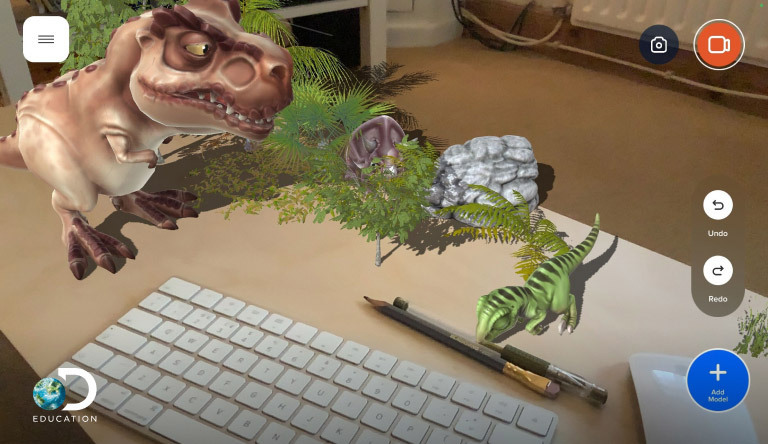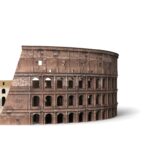Written by Phil Birchinall – Senior Director, Immersive Content at Discovery Education
 Ask any teacher and they will say that amidst day-to-day routines and timetabled teaching and assessment, there are moments when magic happens in the classroom. From sudden illumination, achievement, and attainment to times when a student teaches them something new. One thing these experiences share is how memorable they are for both teacher and student. When the moment is centred around learning, that learning is also cemented in the mind of the student. When used creatively and with well-planned learning outcomes, education technology can bring magic to the classroom.
Ask any teacher and they will say that amidst day-to-day routines and timetabled teaching and assessment, there are moments when magic happens in the classroom. From sudden illumination, achievement, and attainment to times when a student teaches them something new. One thing these experiences share is how memorable they are for both teacher and student. When the moment is centred around learning, that learning is also cemented in the mind of the student. When used creatively and with well-planned learning outcomes, education technology can bring magic to the classroom.
The contemporary classroom is typically full of technology, with devices of all kinds interconnected wirelessly. The modern learning studio is full of opportunities to bring magic into lessons and activities. Today’s technology can immerse students in their learning, helping to embed concepts. But to complete the picture, edtech needs good content. And to create magic, the more immersive the better.
Arthur C Clarke famously said, ‘Any sufficiently advanced technology is indistinguishable from magic’. And you only have to observe students and teachers encountering augmented reality (AR) for the first time to see that it really does have magic about it. Objects appear through the window of a tablet device and are overlaid into the real world environment. When done correctly and with the right learning content and context, the impact is nothing short of powerful. And when students encounter well-made and contextualised AR or any immersive content, they will ‘lean in’ to the lesson and eagerly consume the learning.
As educators, we use state-of-the-art technology to motivate students and present content in new and engaging ways, whilst meeting objectives and delivering learning. And as creators of immersive content, at Discovery Education we keep these principles in mind, so that the AR we deliver has serious and robust educational application. So how can teachers get the most out of AR? Here are 7 ways to use AR successfully in the classroom
- Start with the learning objective. What would you like your students to have learned or achieved by the end of the lesson? The best learning objectives are easy to measure and can be simply explained to students too.
- Always ask ‘Why?’ Is AR the best way to achieve your outcome? AR works best when used with purpose, rather than as a shiny gimmick. Think carefully about how it will enhance learning.
- Play and experiment. As a teacher, it’s good to know exactly what AR can do and how it does it. Make some time to play with your AR app, get to know it inside and out. Understand what it can do and what its limitations are. How repeatable and reliable are the effects that you want to? For example, can you save screenshots? Will they save onto your device and network?
- Understand the technology. It’s good to know how AR works. Most modern apps will use the camera on the device to scan for a flat surface. Make sure that your room is well lit and that the surface you want to use is suitable. Shiny, reflective surfaces don’t work well and it’s good to have some kind of pattern or distinctive marking to help the device detect a surface, or to place objects on your shiny surface to help key in the app.
- Once you are comfortable, plan in time to introduce AR in class. Your students will be excited to experiment and see what the app can do and are likely to uncover features (or issues) that educators miss! Providing some planned playtime with the app will also mean you can get to the lesson quickly with fewer distractions.
- Experiment with integrating AR with other technology in your classroom. For example, a storytelling session that uses the display in the classroom connected to AR will allow students to experience the story through the screen, seeing elements magically appear amongst them.
- Try content creation. If the AR app can take screenshots or record video, it can be used to develop content further. Discovery Education’s free Sandbox AR has a video recorder and green screen mode, so students can create their own AR stories and videos.
Ultimately, immersive technology and content like AR takes on a life of its own in the classroom. Once teachers and students embrace AR, it will start to appear right across the curriculum, in every lesson. And AR isn’t just popular with students. Teachers appreciate the magic too. Once the technology has ignited the green screen in our minds, the magic keeps on happening.
Explore Discovery Education’s immersive learning site at immersive.discoveryeducation.com


